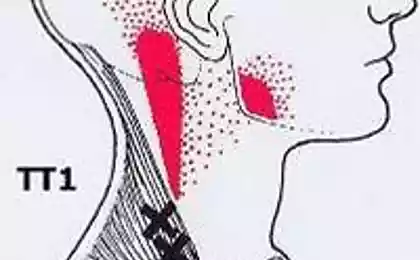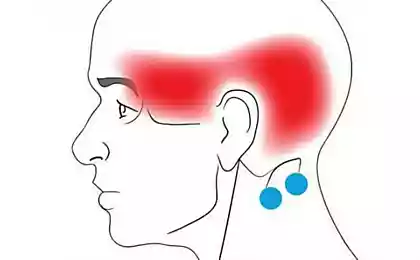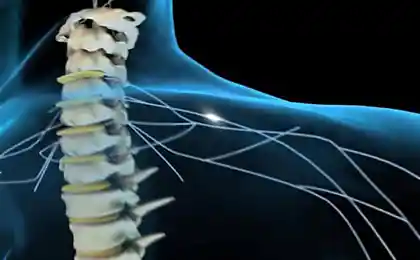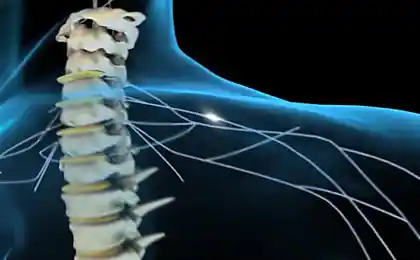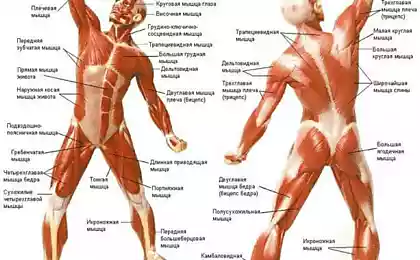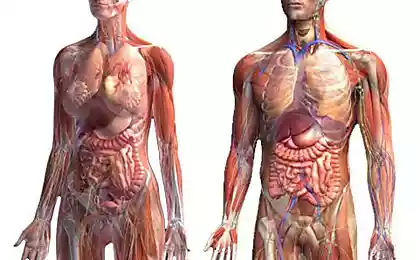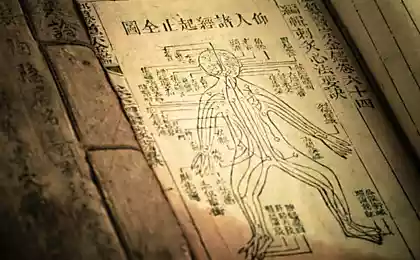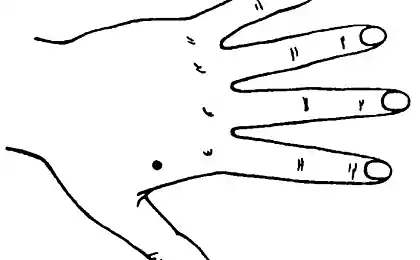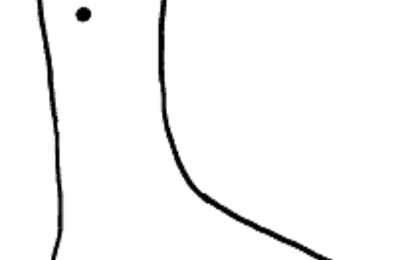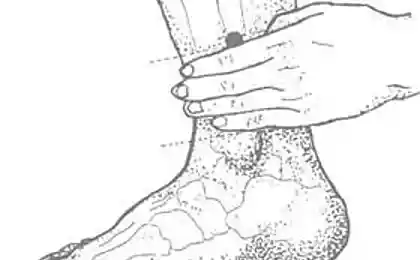971
Determination of trigger points on the body
Travell and Simons (1992), the first medical researchers to provide a modern understanding of trigger points, cite specific characteristics that distinguish them from other muscular-fascial changes.
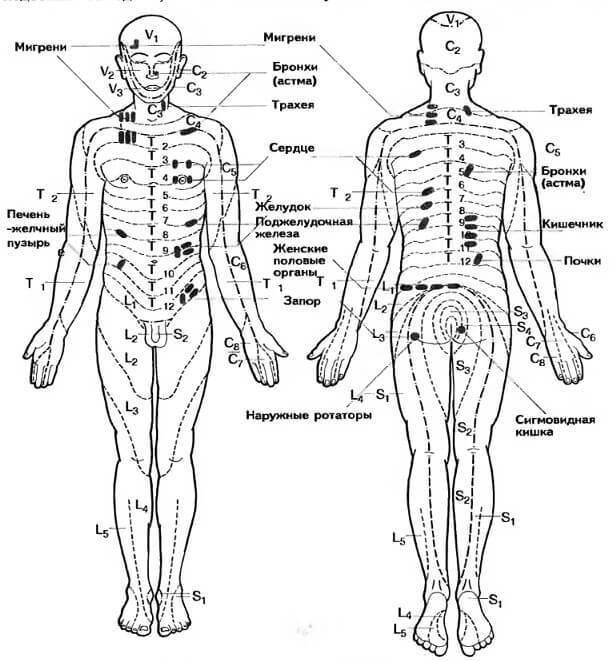
1. TT, which is active, causes pain that is transmitted to the expected place and is rarely in the place where the patient complains of pain.
2. Usually, when palpating muscles, TT is surrounded by tightly strained fibers (palpable tourniquets). The tension applied to such a tourniquet (active or passive stretching of the muscle) will cause pain in the target area.
3. The muscles that surround the TT will palpate grooves, or knots, and the full range of muscle movement will be limited.
4. TT is found in the zone of greatest sensitivity / pain of any tightly strained band of muscle fibers.
5. If the tissue in which the TT is located is easily and vividly "rolled" with the fingers (large ones, including; Trewell and Simons call this "palpation with a crunch") so that there is a sudden change in pressure on it, then there is a so-called "convulsive" reaction.
This, they say, is an unambiguous sign of TT activity, both latent and active. Travell and Simons argue that the sign of “shivering” is that the most sensitive parts of the affected muscle are markedly shortened when the relaxed muscle is passively stretched. This happens if a hard band of the affected muscle is rolled over with a palpating finger.
6. When maintaining pressure on the TT (or placing a needle there), a pattern of reflected pain usually occurs, for which this point is responsible.
In addition to pain, other autonomous phenomena can also occur.
Dr. Trewell says that the high intensity of nerve impulses from the active trigger point can reflexively cause vasoconstriction, a decrease in blood supply to specific areas of the brain, spinal cord and nervous system, and this, in turn, already causes additional symptoms that can affect any part of the body.
Among the symptoms described by Trewell and others as a direct result of trigger point activity (and their corresponding disappearance when working with TT) are:
Possible symptoms of trigger points:
When finding triggers in the muscles of the chest and abdomen:
Travell also reports symptoms of "hysteria" that disappear with successful treatment with trigger points.
Visual animation about the anatomy of trigger points, as well as a demonstration of an independent way to eliminate them.
Triggers: Map of points of pain and tension in the body
4 Magic Points to Relieve Back Pain
P.S. And remember, just changing our consumption – together we change the world!
Source: www.facebook.com/metavitonica/posts/ 17745261060923

1. TT, which is active, causes pain that is transmitted to the expected place and is rarely in the place where the patient complains of pain.
2. Usually, when palpating muscles, TT is surrounded by tightly strained fibers (palpable tourniquets). The tension applied to such a tourniquet (active or passive stretching of the muscle) will cause pain in the target area.
3. The muscles that surround the TT will palpate grooves, or knots, and the full range of muscle movement will be limited.
4. TT is found in the zone of greatest sensitivity / pain of any tightly strained band of muscle fibers.
5. If the tissue in which the TT is located is easily and vividly "rolled" with the fingers (large ones, including; Trewell and Simons call this "palpation with a crunch") so that there is a sudden change in pressure on it, then there is a so-called "convulsive" reaction.
This, they say, is an unambiguous sign of TT activity, both latent and active. Travell and Simons argue that the sign of “shivering” is that the most sensitive parts of the affected muscle are markedly shortened when the relaxed muscle is passively stretched. This happens if a hard band of the affected muscle is rolled over with a palpating finger.
6. When maintaining pressure on the TT (or placing a needle there), a pattern of reflected pain usually occurs, for which this point is responsible.
In addition to pain, other autonomous phenomena can also occur.
Dr. Trewell says that the high intensity of nerve impulses from the active trigger point can reflexively cause vasoconstriction, a decrease in blood supply to specific areas of the brain, spinal cord and nervous system, and this, in turn, already causes additional symptoms that can affect any part of the body.
Among the symptoms described by Trewell and others as a direct result of trigger point activity (and their corresponding disappearance when working with TT) are:
Possible symptoms of trigger points:
- Pain
- Excessive or insufficient secretory activity of the glands
- Insensitivity
- itch
- Localized coldness
- Excess sensitivity to conventional stimuli
- Paleness
- Tissue redness
- spasm
- Tides in menopause
- Seizures
- Change in skin texture (too oily, too dry)
- Weakness and trembling in the muscles
- Increased sweating
When finding triggers in the muscles of the chest and abdomen:
- Smell from the mouth
- Heartburn.
- Nausea.
- Stretching
- Neurogenic diarrhea, or constipation
- Visual impairment
- Respiratory symptoms
- Skin sensitivity
Travell also reports symptoms of "hysteria" that disappear with successful treatment with trigger points.
Visual animation about the anatomy of trigger points, as well as a demonstration of an independent way to eliminate them.
Triggers: Map of points of pain and tension in the body
4 Magic Points to Relieve Back Pain
P.S. And remember, just changing our consumption – together we change the world!
Source: www.facebook.com/metavitonica/posts/ 17745261060923
